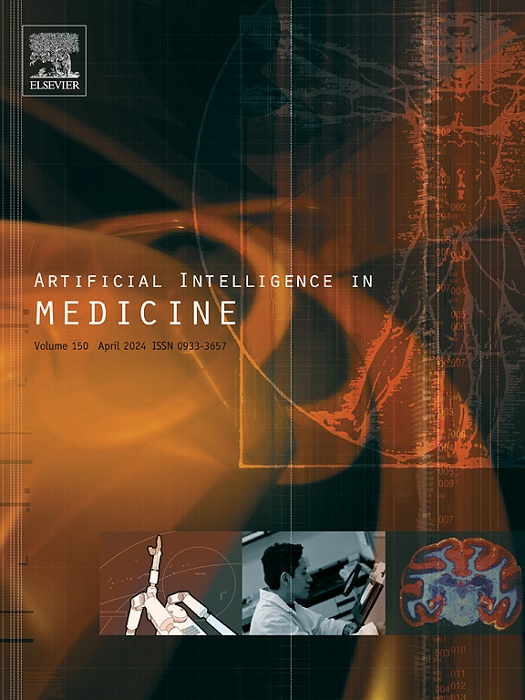Prediction of radiological decision errors from longitudinal analysis of gaze and image features
IF 6.1
2区 医学
Q1 COMPUTER SCIENCE, ARTIFICIAL INTELLIGENCE
引用次数: 0
Abstract
Medical imaging, particularly radiography, is an indispensable part of diagnosing many chest diseases. Final diagnoses are made by radiologists based on images, but the decision-making process is always associated with a risk of incorrect interpretation. Incorrectly interpreted data can lead to delays in treatment, a prescription of inappropriate therapy, or even a completely missed diagnosis. In this context, our study aims to determine whether it is possible to predict diagnostic errors made by radiologists using eye-tracking technology. For this purpose, we asked 4 radiologists with different levels of experience to analyze 1000 images covering a wide range of chest diseases. Using eye-tracking data, we calculated the radiologists’ gaze fixation points and generated feature vectors based on this data to describe the radiologists’ gaze behavior during image analysis. Additionally, we emulated the process of revealing the read images following radiologists’ gaze data to create a more comprehensive picture of their analysis. Then we applied a recurrent neural network to predict diagnostic errors. Our results showed a 0.7755 ROC AUC score, demonstrating a significant potential for this approach in enhancing the accuracy of diagnostic error recognition.
从凝视和图像特征的纵向分析预测放射学决策误差。
医学影像,特别是x线摄影,是诊断许多胸部疾病不可或缺的一部分。最终诊断是由放射科医生根据图像做出的,但决策过程总是伴随着错误解释的风险。错误解读的数据可能导致治疗延误,开出不适当的治疗处方,甚至完全错过诊断。在此背景下,我们的研究旨在确定是否有可能预测放射科医生使用眼动追踪技术所犯的诊断错误。为此,我们请了4位不同经验水平的放射科医生分析了1000张涵盖各种胸部疾病的图像。利用眼动追踪数据,计算放射科医生注视点,并基于这些数据生成特征向量来描述放射科医生在图像分析过程中的注视行为。此外,我们模拟了根据放射科医生的注视数据显示读取图像的过程,以创建他们分析的更全面的图像。然后应用递归神经网络预测诊断错误。我们的结果显示,ROC AUC得分为0.7755,表明该方法在提高诊断错误识别的准确性方面具有显著的潜力。
本文章由计算机程序翻译,如有差异,请以英文原文为准。
求助全文
约1分钟内获得全文
求助全文
来源期刊

Artificial Intelligence in Medicine
工程技术-工程:生物医学
CiteScore
15.00
自引率
2.70%
发文量
143
审稿时长
6.3 months
期刊介绍:
Artificial Intelligence in Medicine publishes original articles from a wide variety of interdisciplinary perspectives concerning the theory and practice of artificial intelligence (AI) in medicine, medically-oriented human biology, and health care.
Artificial intelligence in medicine may be characterized as the scientific discipline pertaining to research studies, projects, and applications that aim at supporting decision-based medical tasks through knowledge- and/or data-intensive computer-based solutions that ultimately support and improve the performance of a human care provider.
 求助内容:
求助内容: 应助结果提醒方式:
应助结果提醒方式:


